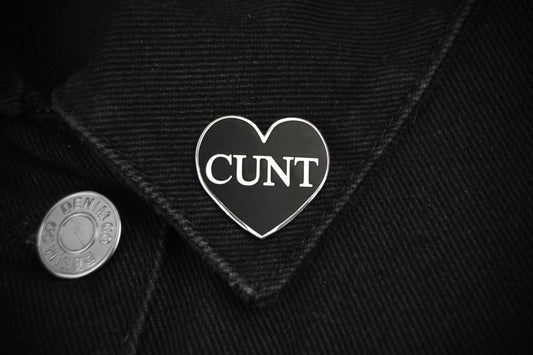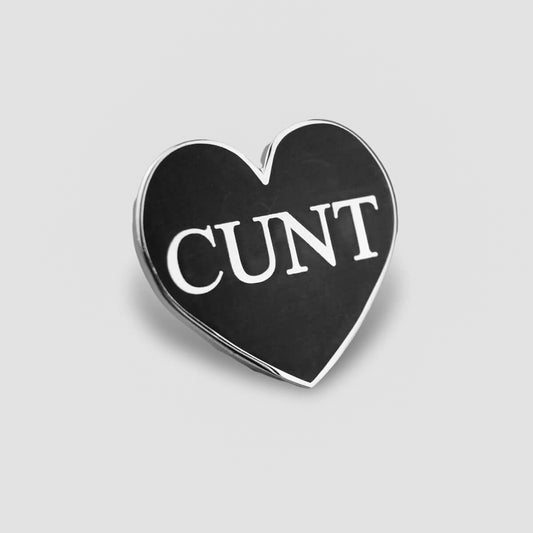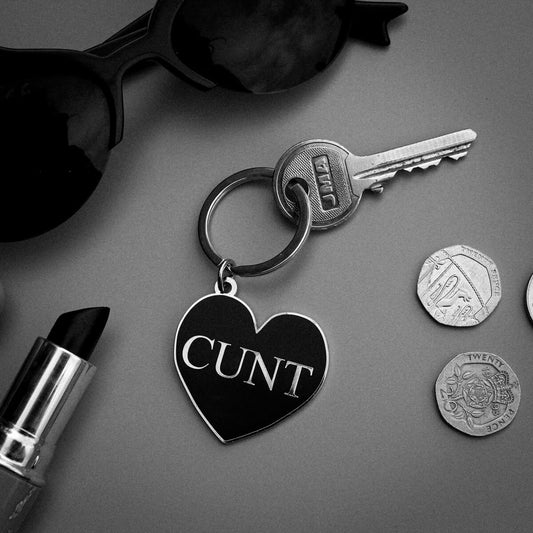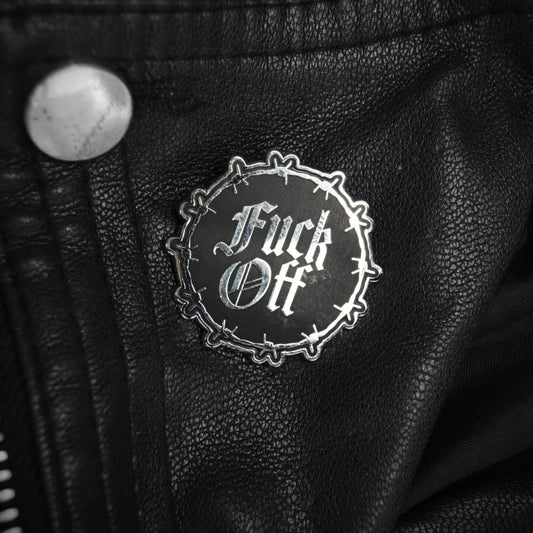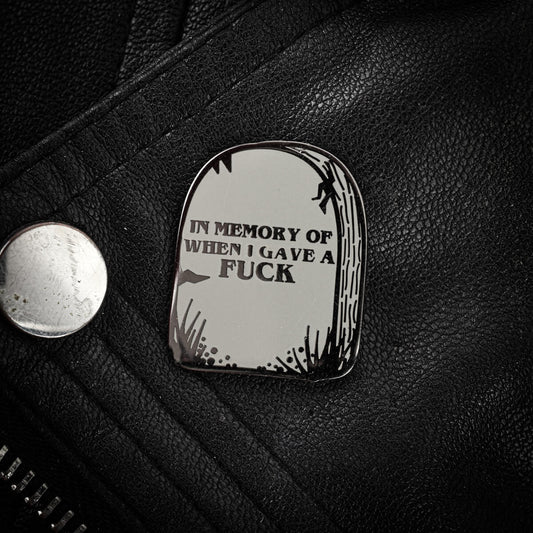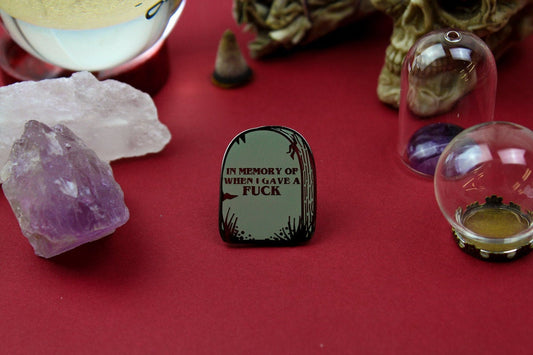
What Are Some Common Symbols and Aesthetics Associated with Goth?
Share
Goth culture isn’t just a fleeting trend or a quirky fashion statement—it’s a rich, layered lifestyle that has quietly and persistently shaped everything from fashion to music, and even architecture, for decades. Emerging from the post-punk era and fuelled by the rebellious energy of the late '70s and early '80s, goth quickly carved out its own distinct identity. It draws deeply from wells of symbolism, history, and art, setting itself apart through a deliberate fusion of darkness and beauty, melancholy and defiance. Far from a flash in the pan, goth’s roots run centuries deep, seamlessly blending aesthetic traditions with modern reinvention.
At its core, goth culture is defined by a carefully crafted visual identity that spans across all forms of expression. This aesthetic is not isolated or purely modern; it’s steeped in historical references, from the haunting grandeur of mediaeval gothic cathedrals to the sombre elegance of Victorian mourning attire. These historical periods aren’t just an influence - they form the foundation upon which goth has built its reverence for the past, imbuing its symbols and styles with layers of meaning.
Goth aesthetics are designed to provoke thought and evoke emotion. They explore darkness, introspection, and the beauty that often emerges from decay and sorrow. Unlike subcultures driven by fleeting trends, goth’s visual and symbolic language remains constant, with roots firmly planted in art history and the natural world. Its fascination with the macabre, death, the afterlife, and the mysteries of nocturnal creatures like bats, spiders, and ravens has become synonymous with the goth style. These aren’t mere decorative flourishes; they speak to deeper themes of transformation, patience, and fate, all integral to goth philosophy.
Symbols in goth culture are far more than fashion choices like necklaces and boot charms though - they are powerful tools of self-expression and a way to communicate across a global community that transcends borders. Goth has always invited individuals to delve into their inner worlds and articulate that complexity outwardly. Symbols like the ancient Egyptian ankh, representing eternal life, or the crucifix, which can signify both reverence and rebellion, are more than just accessories. They’re a shared visual language that allows goths to connect and express their unique identities, creating a tapestry of personal and collective meaning.

Common Goth Symbols
The symbols that run through goth culture are far from being mere adornments; they carry deep significance, blending ancient mysticism with modern interpretation. These symbols are the lifeblood of how goths express their identity, beliefs, and philosophy. What makes them particularly striking within the subculture is their ability to tap into universal themes - life, death, transformation, and mystery - while still leaving plenty of room for personal expression and a connection to the past.
One of the most instantly recognisable symbols in goth culture is the ankh, an ancient Egyptian emblem. Traditionally, the ankh represents life, often called the "key of life" or "breath of life." Yet, within goth circles, the ankh has evolved, carrying additional meanings, particularly linked to immortality. Life and death are themes that goth culture explores constantly, but the ankh offers a more nuanced interpretation. It's less about the physical world and more about the eternal - whether that's the endurance of the spirit, the soul, or even the gothic aesthetic itself. For many, wearing the ankh is a way of acknowledging the connection between life and death, while rejecting the idea that death is the final stop. Instead, the ankh is seen as a portal to something greater, something mysterious and transformative.
Crosses and crucifixes are another mainstay of goth fashion and art, though their meanings can differ. For some, the cross symbolises spiritual rebellion or a rejection of traditional religious structures. For others, it’s a nod to the darker, dramatic aesthetics that are central to the goth scene. Crosses in goth culture may be highly ornate, pulling inspiration from mediaeval or Victorian designs, or they can be minimalistic and modern. Whether worn as a declaration of spiritual defiance or as an appreciation of gothic history, the cross is one of the most enduring and powerful symbols in goth culture.
Then there are the bats, spiders, and other nocturnal creatures that have become iconic within goth imagery. These animals, often feared or misunderstood, are closely linked to goth’s love for the macabre and mysterious. The bat, for instance, represents both darkness and transformation - two key themes that resonate deeply within the subculture. With their association to vampires, bats straddle the line between life and death, making them a potent symbol for a culture fascinated with what exists in the shadows.
Spiders, while unsettling for some, hold their own place in goth symbolism. To many in the goth scene, spiders are symbols of patience and artistry, spinning webs that are as delicate as they are deadly. These webs, intricate and fragile, reflect the goth fascination with the fragility of life and the way fate intertwines its threads. Spiders embody duality: both creators and predators, representing beauty and destruction in equal measure. It’s a perfect reflection of goth’s obsession with life’s darker corners, where beauty and danger often coexist.

Colour Themes in Goth Aesthetics
In goth culture, black is far more than just a wardrobe staple - it’s the colour that defines the entire subculture. Long associated with mourning, mystery, and rebellion, black is a natural fit for goth’s embrace of melancholy and emotional depth. For goths, wearing black is a visual declaration of a darker outlook on life, often tied to introspection and a rejection of mainstream norms. It’s not just a fashion choice; it’s a statement that challenges societal expectations and celebrates individuality, turning an absence of colour into a powerful symbol of defiance.
Yet, goth’s colour palette doesn’t stop at black. Red, purple, and silver often weave their way into the aesthetic, adding depth and complexity to the overall look. Red brings with it intense symbolism - passion, danger, or even blood. Its vibrant energy makes it the perfect contrast to black’s weighty emotional resonance. A splash of red lipstick or the lining of a crimson cloak introduces a flash of sensuality, with just a hint of menace beneath the surface.
Then there’s purple, a colour long tied to nobility and magic. In goth culture, purple evokes an air of mysticism and the supernatural, adding an almost regal elegance to the aesthetic. Its connection to themes of the unknown taps directly into goth’s fascination with the mysterious and the occult.
Finally, silver, with its cool, metallic gleam, represents the moon, a celestial body that has always resonated with the goth affinity for the night. Silver’s reflective, icy beauty reinforces goth’s connection to the ethereal and the unseen, providing a sharp contrast to the warmth of gold. Together, these colours - black, red, purple, and silver - form a palette that is not just visually impactful but deeply emotional, each hue carrying its own symbolic weight while enhancing goth’s layered, evocative aesthetic.
Fashion and Style
Goth fashion is where history, rebellion, and personal expression collide in striking, dramatic form. One of the most distinctive features of goth style is its heavy reliance on Victorian and Edwardian influences. Think high collars, lace, corsets, and flowing skirts - all elements that harken back to an era of intricate fashion and a certain romanticism that goths embrace wholeheartedly. These touches of the past, especially the use of lace and corsetry, are directly inspired by Victorian mourning attire, tying goth fashion to a deep appreciation of history while making it a crucial part of individual identity.
However, goth fashion isn’t just about paying homage to the past. The rebellious core of the subculture remains alive and well through punk elements - like leather jackets, fishnet stockings, and safety pins - that are woven into the aesthetic. This blend of romanticism and rebellion is key to goth’s identity. Leather and metal juxtaposed against the soft, flowing fabrics of Victorian-inspired outfits create a perfect harmony of beauty and aggression, elegance and defiance.
Accessories are just as crucial as the clothing itself. Chokers, cuffs, lace gloves, and oversized rings are signature pieces, often infused with personal or mystical symbolism. The choker, for instance, draws from both Victorian jewellery and punk rebellion, making it an iconic staple for goths. Lace gloves and ornate rings adorned with dark stones or gothic symbols like skulls and bats further enhance the subculture’s love for the macabre, adding a layer of mystery and personal meaning to the overall look.
Footwear is another essential element of goth fashion. Boots and platform shoes, often embellished with buckles, spikes, or intricate lacing, aren’t just functional - they’re bold statements of identity. Towering heels and the solid, almost architectural construction of platform boots evoke a sense of power and presence. In goth culture, these shoes do more than elevate height; they make a deliberate, assertive statement. Footwear becomes an outward expression of internal philosophies, a reminder that in goth fashion, every choice, no matter how small, carries weight and meaning.
Looking to expand your gothic wardrobe? Shop goth and alternative jewellery and accessories at Occult Patches & Pins.

Makeup and Hairstyling
Makeup and hairstyling are absolutely central to goth aesthetics, acting as both tools for self-expression and a direct challenge to conventional beauty standards. The signature pale skin, dark eyeliner, and deep red or black lipstick are more than just makeup choices—they are key elements in creating a dramatic, almost otherworldly look. These stark contrasts embrace the eerie and the unusual, pushing back against society’s expectations of beauty by celebrating what’s often considered strange or unsettling.
But it’s not just about makeup; hair plays an equally pivotal role in goth fashion. Jet-black hair might be the go-to, but you’ll frequently spot bold shades like vibrant reds, purples, or even silver woven into goth hairstyling. Whether it’s long, flowing locks or sharp, spiked cuts, hair in the goth world often draws inspiration from punk, reflecting the subculture’s embrace of rebellion.
The magic of goth style lies in the interplay between this dramatic makeup and hair. Together, they help goths craft an image that both draws people in and pushes them away—a visual declaration of nonconformity. It’s about celebrating individuality in a world that often demands the opposite, all while staying true to the darker, more introspective ethos at the core of goth culture.
Art and Iconography
Goth culture reaches far beyond just fashion and personal style—it thrives in the realms of art and iconography, where history and modernity blend seamlessly into a visual celebration of darkness and beauty. One of the most significant influences on goth visual culture is gothic architecture. With its pointed arches, towering spires, and intricate stonework, the gothic cathedral stands as both inspiration and metaphor for goth aesthetics. These monumental structures, with their shadowy corridors and haunting grandeur, align perfectly with goth's deep-rooted fascination with spirituality, death, and the afterlife. The blend of awe and eeriness these buildings evoke resonates profoundly with the subculture’s core themes.
However, goth visual culture isn't limited to ancient cathedrals. Dark romanticism, the 18th- and 19th-century artistic movement, also plays a key role in shaping goth art. Decaying landscapes, solitary figures, and crumbling ruins are frequently depicted, acting as reminders of life’s impermanence and the inevitability of decay. The imagery of skulls, roses, and ravens dominates much of goth iconography, each symbol steeped in meaning. Skulls, for example, not only represent death but also transformation and the cyclical nature of existence. Roses, with their delicate petals and sharp thorns, capture the bittersweet balance between beauty and pain, a recurring theme in goth philosophy.
In modern times, goth art has embraced tattoo culture and graphic design as powerful tools of personal expression. Tattoos featuring ravens, skulls, and other gothic motifs allow individuals to carry the symbols of the subculture permanently on their skin. Graphic design, particularly in album art and band logos, often adopts minimalist, black-and-white designs paired with bold gothic fonts. These visuals continue to blend historical references with contemporary aesthetics, keeping goth art ever-evolving while still honouring its timeless roots in darkness and beauty.
Music and Symbolism
Music is undeniably the lifeblood of goth culture, providing the emotional and atmospheric backbone that binds everything together. The sound of goth music is instantly recognisable—deep basslines, echoing guitars, and eerie synthesised melodies that come together to create a haunting, melancholic soundscape. It's music that delves into the darker corners of the human experience, exploring themes like love, death, and despair, perfectly in tune with goth’s preoccupation with life’s more troubling emotions.
Pioneering bands like The Cure, Bauhaus, and Siouxsie and the Banshees played a pivotal role in shaping the goth sound. The Cure, with Robert Smith at the helm, seamlessly blended melancholic melodies with intensely personal lyrics, tackling themes of alienation, love, and loss. Bauhaus, on the other hand, pushed the genre’s boundaries with their minimalist yet theatrical approach, creating music that felt both raw and ethereal. Meanwhile, Siouxsie and the Banshees brought bold experimentation into the mix, pairing confrontational energy with a daring exploration of sound and style.
However, goth music is much more than its haunting melodies. It’s about the complete sensory experience—from the music to the visuals. Album art and band logos are just as essential to goth’s identity as the music itself. These visuals, often minimalist in style with black-and-white imagery, occult symbols, and gothic fonts, reinforce the emotional impact of the songs and offer listeners a fully immersive journey into goth’s aesthetic world.
Ultimately, goth music transcends the boundaries of genre. It’s an exploration of the human condition, one that doesn’t flinch at the tough questions or heavy emotions that come with life. The haunting melodies, introspective lyrics, and carefully crafted imagery come together to create a space where listeners can face their own feelings of loss, love, and existential uncertainty. This emotional honesty is what gives goth music its unique depth and resonance, providing listeners with both comfort and catharsis in equal measure.
